Packaging is an art that not only protects the product but also influences consumer behavior. Retailers and manufacturers have mastered the subtle art of packaging to entice you into purchasing more than you originally planned. Here are 11 clever tricks that packaging uses to make you think you need that extra item or larger size.
1. Oversized Packaging
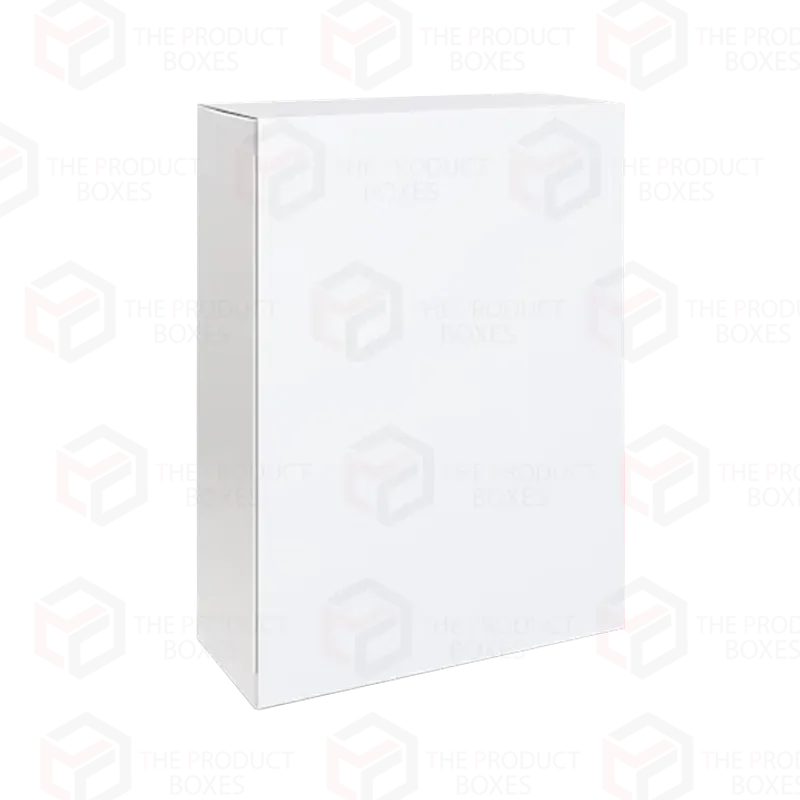
Have you ever bought a box of cereal, only to find it half empty? This is a classic example of oversized packaging. The large box gives an illusion of more content, making consumers feel like they are getting a better deal.
The size can be deceiving, leading to expectations of more product inside. Consumers often equate size with value, believing that a bigger package means more content, even when the product’s weight is clearly marked.
This technique plays on human perception, encouraging purchases based on visual volume rather than actual quantity.
2. Multi-Packs
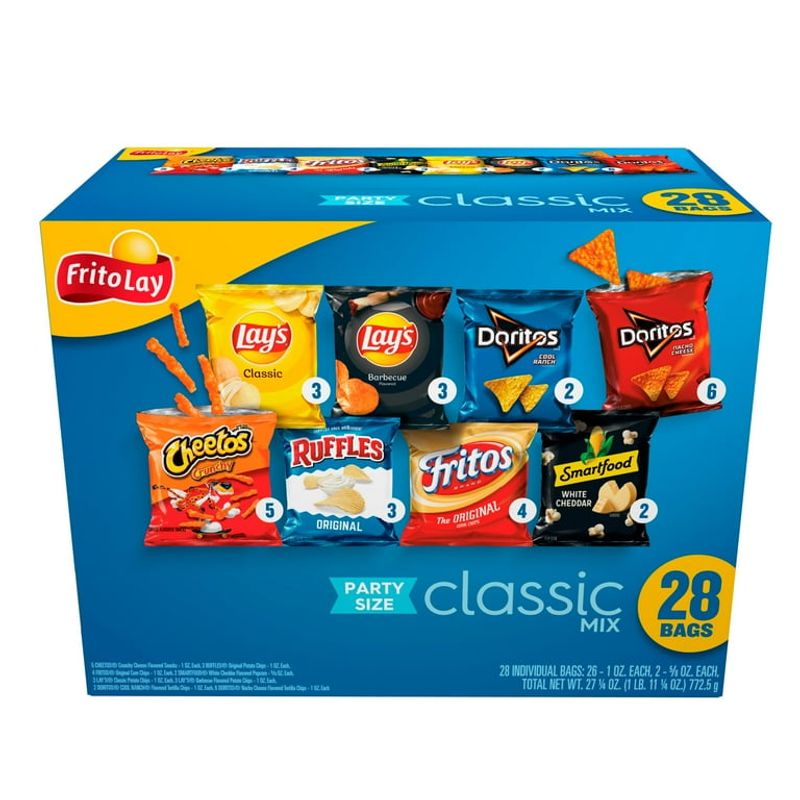
Multi-packs are designed to offer more for supposedly less. The promise of saving money by buying in bulk is tantalizing. Consumers are drawn to the idea of more items for a cheaper per-unit price.
However, these packs often lead to buying more than you would normally need. The convenience and perceived value overshadow the actual need.
In the end, multi-packs can result in wasted products, as the sheer quantity may surpass consumption before expiration. This tactic plays on the allure of savings combined with quantity.
3. Bright Colors and Graphics

Bright colors and bold graphics can captivate shoppers’ attention. With a splash of color here and a dynamic graphic there, packaging can make even the simplest products look more appealing.
These visuals create an emotional connection, often evoking a sense of excitement or urgency. The more eye-catching the packaging, the more likely it is to stand out among the competition.
Ultimately, this leads to impulsive buying decisions, as the visual appeal temporarily overrides practical considerations.
4. Limited Edition Labels
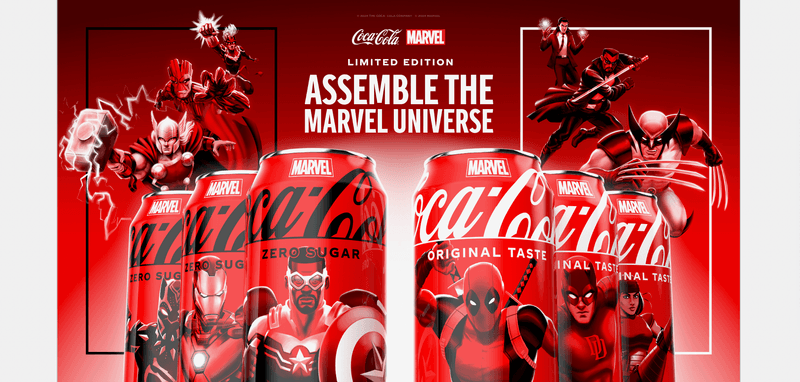
The allure of limited editions can hardly be overstated. Packaging that boasts “limited edition” can create a sense of urgency and exclusivity.
Consumers are tempted to buy now or risk missing out forever. This tactic leverages the fear of missing out (FOMO), prompting unplanned purchases simply because of the label.
Limited edition packaging often results in buying items you might not need, enticed by the temporary nature of the offer. This psychological trigger is a marketing favorite.
5. Bigger Is Better
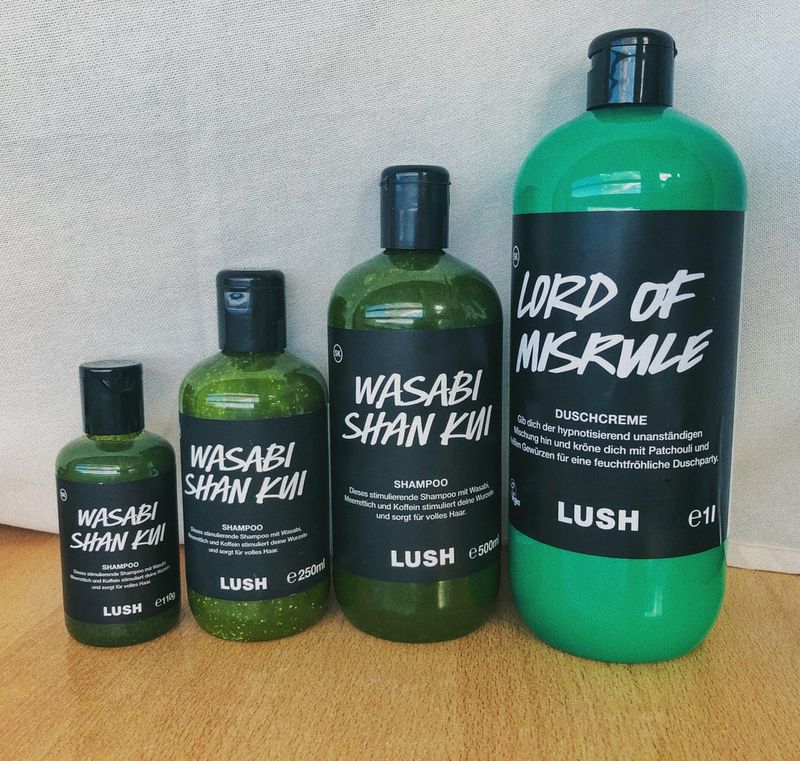
“Bigger is better” is a common packaging trick. Larger sizes are often perceived as better value for money, with the enticing promise of more product for less.
Consumers may buy the bigger size to save in the long run, even if the immediate cost is higher. However, this can result in buying more than necessary, especially for products with a limited shelf life.
This tactic appeals to the desire for savings and abundance, often leading to a purchase that outlasts its usefulness.
6. Hidden Compartments

Hidden compartments are a sneaky way to make packaging appear more generous than it is. A box of chocolates might seem full, but beneath the top layer, a hidden compartment reduces the total quantity.
This trick can lead to disappointment, as the consumer expects more than what’s provided. It’s a clever use of space to create an illusion of abundance.
While the packaging looks substantial, the actual product quantity is less than anticipated, leading to unintentional over-purchasing to meet expectations.
7. Deceptive Product Images

Deceptive product images can trick consumers into buying more. A frozen meal might feature a sumptuous photo, making it seem bigger and more delectable than reality.
These images set expectations that the actual product rarely meets. The disparity can lead to dissatisfaction, yet the visual allure can initially lead to buying more or choosing that brand over another.
This technique manipulates consumer perceptions, enticing purchases based on the promise of what the image represents rather than the actual product.
8. Resealable Packaging
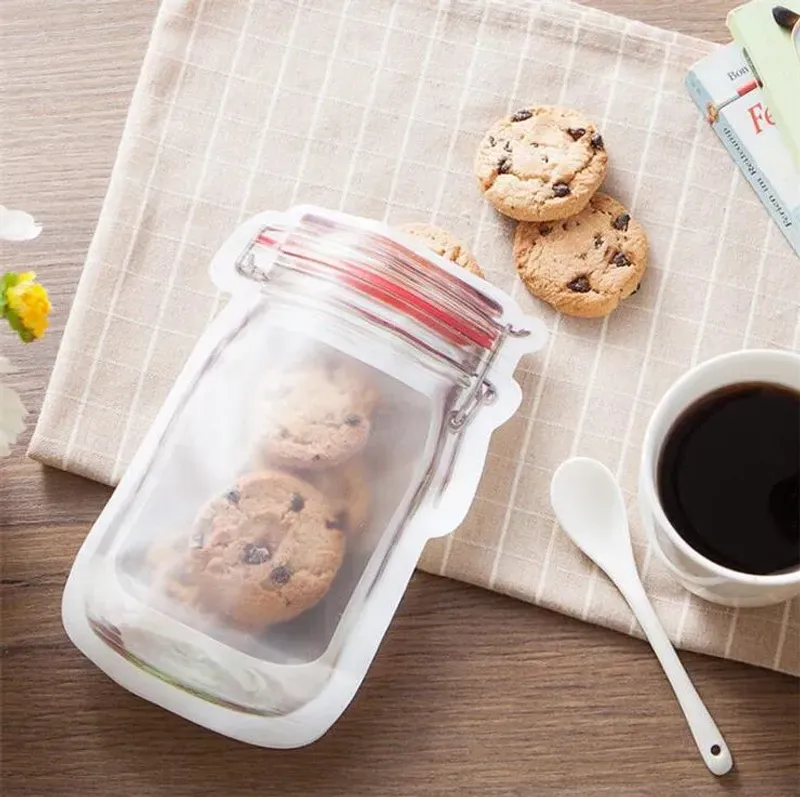
Resealable packaging suggests convenience and freshness. The promise of maintaining product quality can encourage buying more than needed, trusting that it will stay fresh longer.
This packaging feature can lead to over-purchasing, as the resealable promise acts as a safety net for excess quantity. Consumers might buy larger amounts, comforted by the idea of prolonged freshness.
The resealable feature becomes a silent persuader, influencing decisions by offering perceived longevity and utility.
9. Transparent Windows
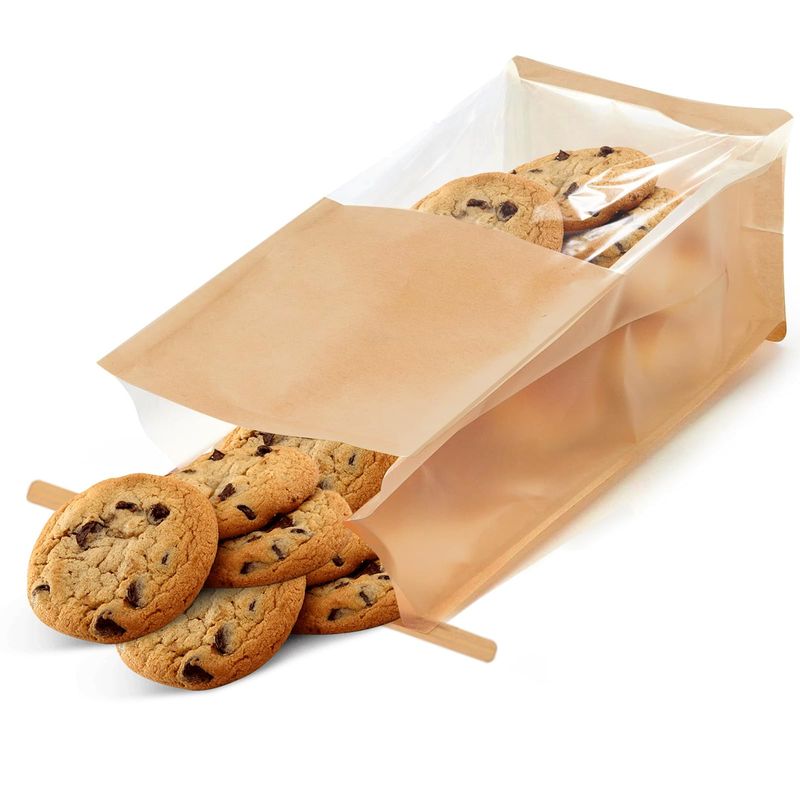
Transparent windows on packaging invite consumers to peek inside. This feature creates a sense of transparency, making the product seem more trustworthy.
Shoppers can see what they are buying, which can lead to impulsive purchases because they perceive the product as more honest. These windows often highlight the best parts of the product, which may not represent the whole.
The temptation to buy is bolstered by the visual confirmation, leading to purchases based on instant appeal rather than necessity.
10. Free Gift Promotions
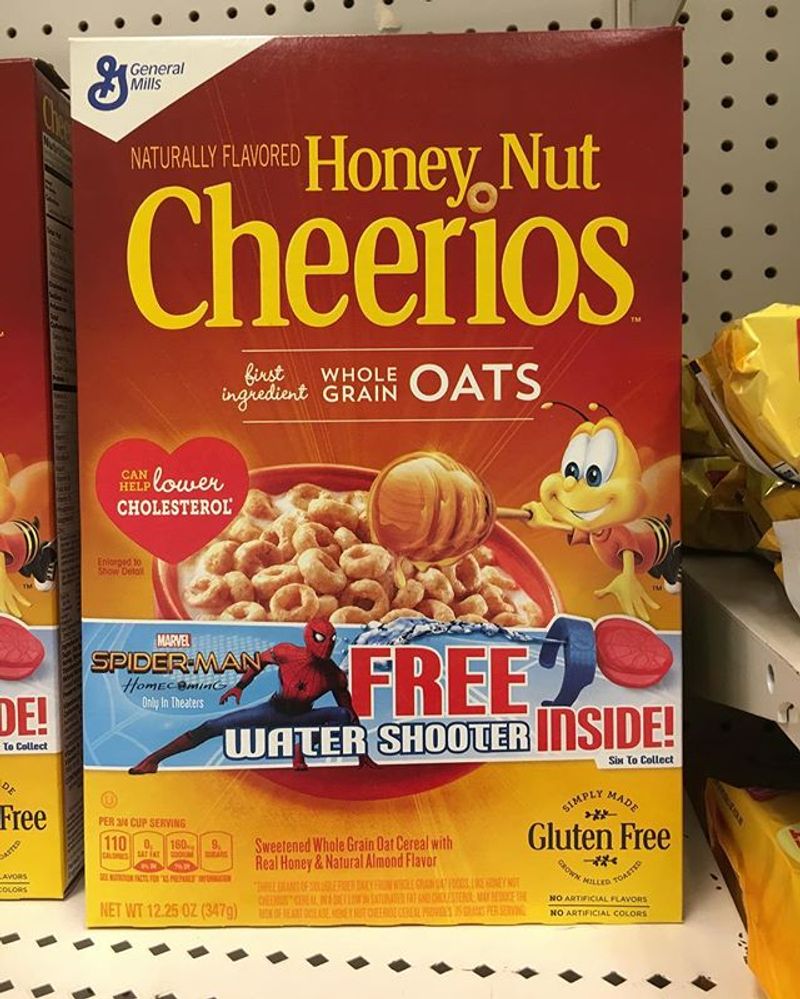
Who doesn’t love a free gift? Packaging that promotes an included freebie can make a product irresistible. A cereal box with a toy inside often targets children, persuading parents to buy more.
The excitement of the free gift can overshadow the actual need for the product itself. This tactic exploits the attraction of “something extra,” encouraging purchases based on the bonus rather than the product’s value.
While the gift is alluring, it often leads to buying more than planned, driven by the allure of the extra item.
11. Bulk Discounts
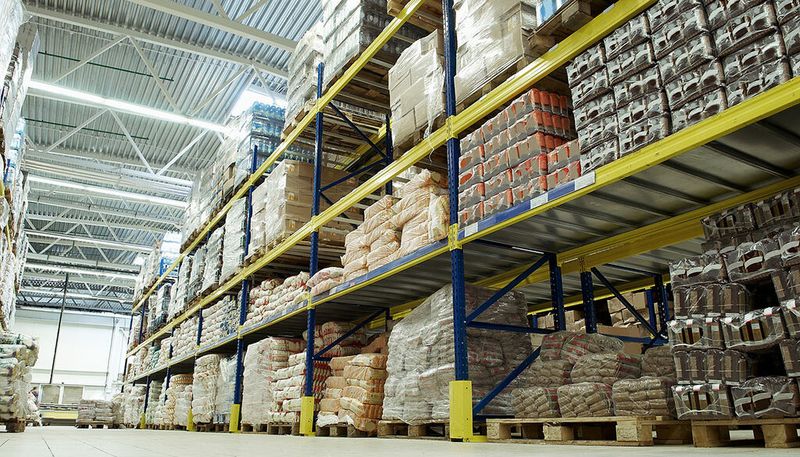
Bulk discounts present a compelling case for buying more. The promise of reduced prices for larger quantities is alluring, especially in warehouse stores.
Consumers are persuaded by perceived savings, often buying quantities that exceed immediate needs. The discount can create an illusion of necessity, prompting purchases based on price advantage rather than actual demand.
This technique capitalizes on the human tendency to seek value, resulting in over-purchasing driven by the allure of saving money.

